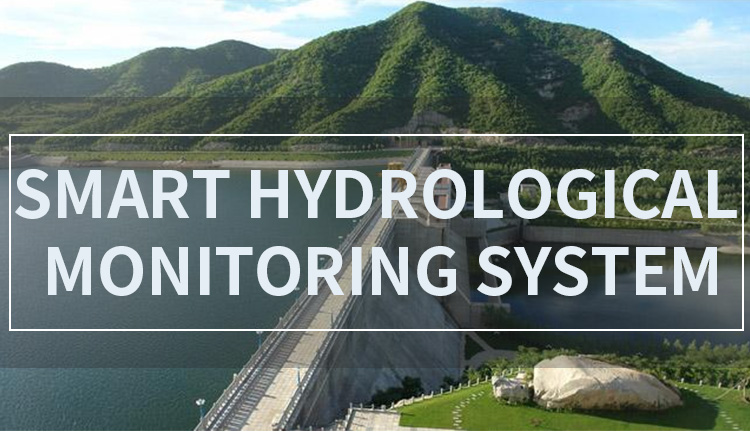Water quality monitoring is a critical aspect of ensuring the safety and health of our water resources. It involves the systematic assessment of various parameters to determine the quality of water in different environments such as lakes, rivers, and groundwater. The main parts of water quality monitoring include sampling, testing, analysis, and interpretation of data. Each part plays a crucial role in providing a comprehensive understanding of the condition of water bodies.

Sampling is the first step in water quality monitoring. It involves the collection of water samples from different locations and depths within a water body. The samples are collected using specialized equipment and techniques to ensure that they are representative of the site being monitored. The frequency and number of samples collected depend on several factors such as the size of the water body and the specific parameters being monitored.
Once the samples are collected, they are subjected to various tests and analyses to determine the concentration of different substances present in the water. This includes measuring physical parameters such as temperature, pH, turbidity, and conductivity, as well as chemical parameters such as dissolved oxygen, nutrients, heavy metals, and organic compounds. The testing process may involve the use of advanced laboratory equipment and techniques to ensure accurate and reliable results.
The analysis of water quality data is a critical part of the monitoring process. It involves the interpretation of the test results to assess the overall condition of the water body. This includes comparing the measured values with regulatory standards and guidelines to determine if the water meets the required quality criteria. The analysis may also involve the identification of any trends or patterns in the data, as well as the identification of potential sources of pollution or contamination.
Interpretation and reporting of the monitoring data are crucial to ensure that the findings are effectively communicated to relevant stakeholders. This includes presenting the results in a clear and concise manner, highlighting any potential risks or concerns, and providing recommendations for appropriate management actions. The reports may be used by various organizations, including government agencies, environmental groups, and water resource managers, to make informed decisions and implement necessary measures to protect and improve water quality.
In addition to the main parts mentioned above, water quality monitoring also includes quality assurance and quality control measures to ensure the accuracy and reliability of the data collected. This involves regular calibration and maintenance of monitoring equipment, adherence to standardized protocols and procedures, and participation in proficiency testing programs. Quality assurance and control measures are essential to minimize errors and ensure the consistency and comparability of data collected from different monitoring sites and over time.
Water quality monitoring is a continuous process that requires ongoing efforts and resources. It provides vital information to assess the impact of human activities on water resources, to detect and mitigate pollution incidents, and to evaluate the effectiveness of management interventions. By understanding the main parts of water quality monitoring and their importance, we can work towards safeguarding our precious water resources and ensuring a sustainable future.





